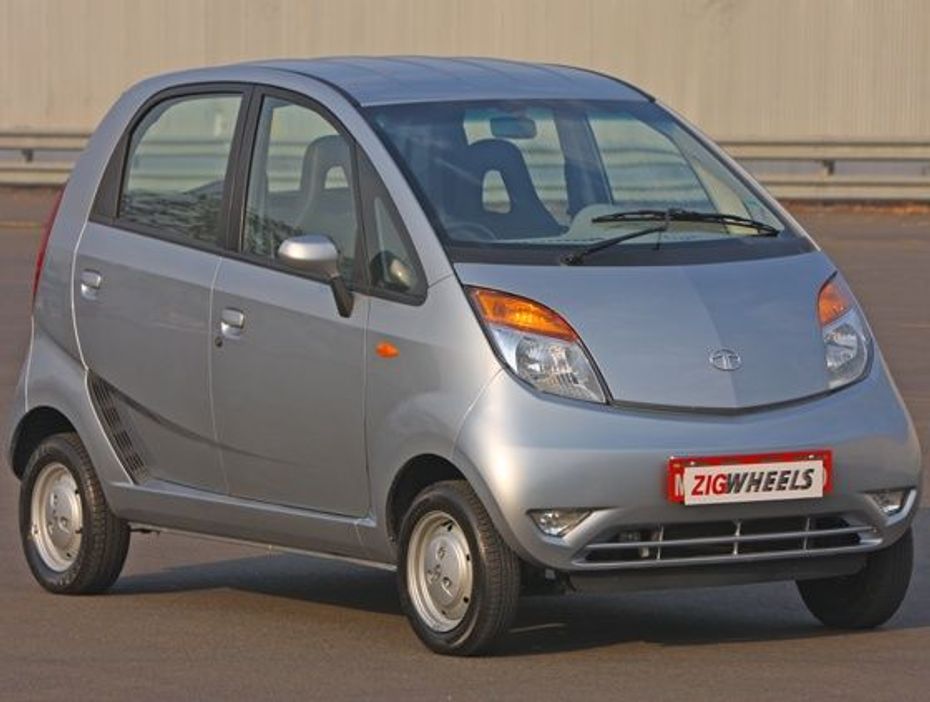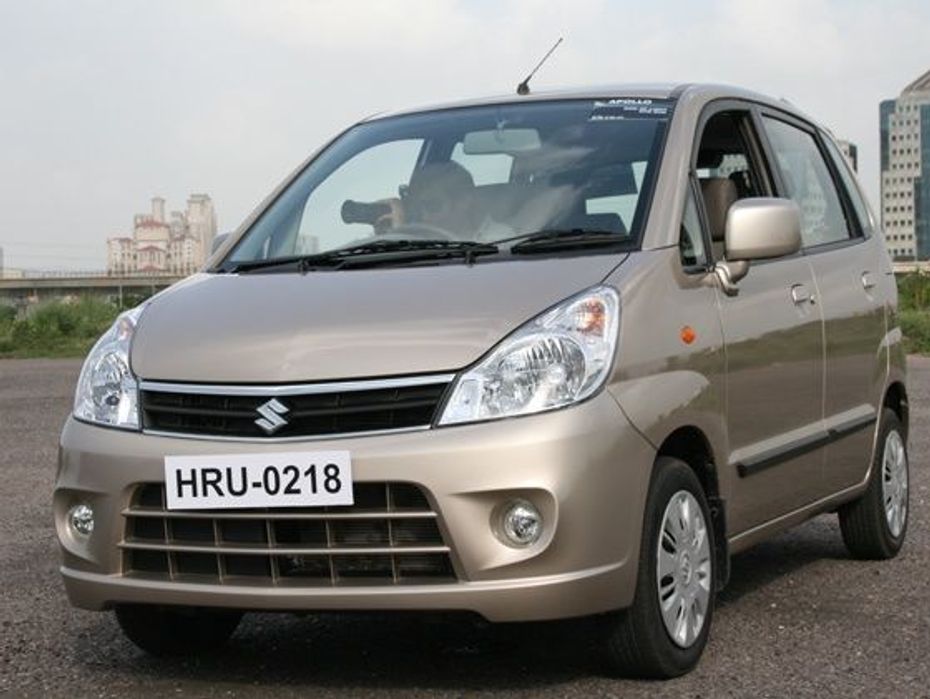
3 New Major Design Details Mahindra XUV 3XO Will Pack Over...
- Apr 12, 2024
- Views : 9880


No doubt, India has found its way to the world map in terms of manufacturing as well as a progressive market especially for the auto sector, however the dynamics of managing growth need to be understood in order to pave the way forward for the industry as a whole.
Going back a few years, in 2006 India was rated as the eleventh largest automobile market in the world. The segment was booming and the Government drew up the plans for the Automotive Mission Plan 2016(AMP 2016). The ten year plan envisaged a growth from the number eleven spot to the number four spot globally, GDP contribution from the auto sector was set to grow from 5 per cent to 10 per cent, and the overall contribution to the manufacturing sector would grow from 17 per cent to 35 per cent. In fact the industry also envisaged a turnover of USD 122-159 billion by 2016 as compared to the USD 34 billion made in 2006.

Of course, the following two years suffered a slump, thanks to the global economic slowdown, however India was one of the least hit countries and also managed to bounce back on track at a staggering pace. Though the vision for AMP 2016 is still six years away, the industry has matured and come a distance over the last four years. The market is bubbling with activity and the rate of new launches can be averaged to almost 1.5-2 new models a week. India continues to be the world’s largest tractor and three-wheeler manufacturing nation, the second largest two-wheeler manufacturing nation and the fourth largest truck manufacturing nation. Keeping in mind the pace at which the market is working at, the growth dynamics are the focal area and the need of the hour is to manage this system.
One of the key elements related to growth in the Indian auto industry is the value chain. India is one of the most price competitive markets globally and sourcing as well as producing components up the value chain can have a dizzying effect on success and therefore growth. A prime example of this was sited by Michael Boneham, President and Managing Director, Ford India, who shared the success of the Figo and how localization of the value chain has helped his company gain maximum efficiency while keeping overall costs low. This key element of being able to produce at a low cost is a significant pillar to sustain growth. Component manufacturing at desired price points is key to maintaining efficiencies of scale for manufacturers and there is a need to strive and keep this decorum.

Keeping costs low is just one pillar to support the industry. In order to move further, the industry must also keep with the times. The need for safer and cleaner vehicles is the need of the hour and the focus of manufacturers needs to see more application in this direction. With the rapid rise of the urban population, there will be an influx of vehicles on the road and Siddhartha Lal, Managing Director, VE Commercial Vehicles, pointed out that an increase in efficiency will lead to sustainable solutions in order to take the industry forward. The future of transport lies on thought provoking ideas that at this time might sound too good to be true, but the fact remains that if the solutions are not sustainable then they will not survive the test of time and will perish. If India is truly aspiring to become the automotive manufacturing country that it has outlined for itself, then sustenance is a sacrosanct proposition.
With the automotive industry continuously facing challenges, sustainable solutions are definitely a subject that requires new impetus. Speaking of which, Mitsuhiro Sonodo, CEO, Toyota Motor Asia Pacific emphasized on the innovation in technology for sustainability with a special mention of plug-in hybrid technology such as the Prius. Toyota is known for their prowess on fuel efficiency and ‘going green’ campaigns, which is suited to the requirement of the industry. Of course support from the Government has been less than perfect on this front and going forth the industry does herald an era of renewed public-private partnerships in order to bring about a change in such sustainable solutions with a special focus on the Indian mentality, as Carl-Peter Forster, Group CEO, Tata Motors, pointed out that India is different and a copy-paste job won’t work here. Indian customers require a price sensitive solution and that is what needs to be taken into consideration.

While the industry is more than willing to work on feasible options, the Government needs to allow for smooth facilitation of implementing the desired infrastructure to support such initiatives. The Indian automotive industry is faced with challenges in terms of fuel efficiency, environmental concerns, road safety and urban congestion. While technology can cater to addressing some of these issues, education must also play a part in fine-tuning other areas.
While growth is a given, considering the pace at which India is developing, it is the right management that will guide the industry to achieving goals. Levels of parallel tracks exist to realizing these goals and these include affordable technology, increased public-private synergies and education. India has the potential and as of today, the country’s prospects are envied the world over. At such times the decisions taken need to be written in stone in order to ensure that the right methods are initiated. With the industry bullish on future prospects, it might be early to say it; however there is a strong likelihood that growth will be managed keeping in mind the best interests for the industry as a whole.

3 New Major Design Details Mahindra XUV 3XO Will Pack Over...

Tata Curvv: A Much Clearer Look At Its Interior Ahead Of Its Unveiling

Citroen Basalt vs Tata Curvv: Exterior Design Compared

10 New Features Expected In The Upcoming 2024 Mahindra XUV 3XO...

The Fronx Has Been Rebadged! Meet The Toyota Urban Cruiser Taisor,...

Here’s How Fuel Efficient The 2024 Maruti Suzuki Swift Sold In...

MG Hector And Hector Plus Blackstorm Edition Launched At Rs 21.25...

Citroen Basalt Vision, Its SUV Coupe For India, Revealed

Mahindra XUV300 Facelift Teased, Gets A New Name
India's largest automotive community